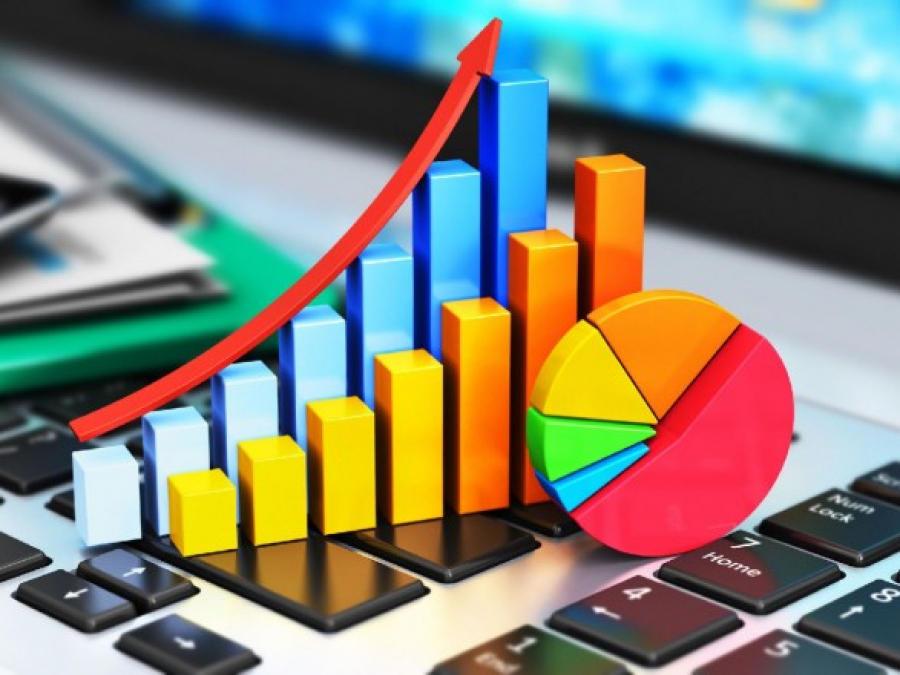BAKU, Azerbaijan, March 5
By Elnur Baghishov – Trend:
Iran’s imports of essential goods, including, wheat, corn, barley, oilseeds, compressed soybeans, medicines, medical equipment and supplies, and etc. under the NIMA exchange rate (the exchange rate created for exporters to sell a portion of their export earnings to banks) increased by 20 percent both in value and volume, during the first 11 months of the current Iranian year (March 21, 2021 through February 19, 2022), compared to the same period last Iranian year, the Spokesman for the Islamic Republic of Iran Customs Administration (IRICA) Rouhollah Latifi said, Trend reports citing the administration.
The spokesman noted that Iran imported 3.58 million tons of goods worth $3.86 billion under the NIMA exchange rate in 11 months.
Latifi added that about 1.36 million tons of rice worth about $1.16 billion were imported to the country within the mentioned period, which is an increase of 40 percent in value and 49 percent in volume, compared to the same period last Iranian year.
The official also pointed out that Iran has imported 1.15 million tons of raw sugar worth $518 million for the reporting period, which increased by 40 percent in value and 13 percent in volume, compared to the same period last Iranian year.
"Over 11 months, Iran also imported 39,000 tons of equipment for the production of essential goods worth $366 million, 84,000 tons of truck tires worth $304 million, 166,000 tons of chemical fertilizers worth $124 million, 9,800 tons of pesticides or insecticides worth $81.5 million, 482 tons of veterinary drugs worth $50.4 million," he said.
In addition, 776,000 tons of various kernels or legumes, chicken, meat, eggs, tea and other goods worth $ 1.25 billion were imported to the country under the NIMA exchange rate for 11 months, Latifi stressed.
In total (both via the official exchange rate and the NIMA system exchange rate), Iran imported 27.6 million tons of essential goods worth more than $17.5 billion in 11 months, which is an increase of 60 percent in value and 28 percent in volume, compared to the same period last Iranian.
The Central Bank of Iran (CBI) has created a NIMA system in 2018 for exporters to sell a portion of their export earnings to banks to eliminate the shortage of foreign currency in the country for various reasons (sanctions, economic situation, etc.). In this system, exporters who earned more than 1 million euros from export a year must sell a portion of their export earnings to banks at the NIMA rate. Later, banks used to sell foreign currency to importers for the import of several products at this rate.
The Central Bank of Iran has not imposed rules on exporters that earned from export less than 1 million euros a year. Those with total exports of one to three million euros per year are required to offer 50 percent of their received foreign exchange from the government through the NIMA system.
The exporters with annual exports of three to 10 million euros are obliged to offer 70 percent. Those with exports of above 10 million euros per year must offer 90 percent of the received foreign exchange at NIMA.
NIMA is a system intended for the sale of a certain percentage of the foreign currency gained from export.The price of 1 euro in this system is 268,085 rials, and the price of $1 is 245,692 rials.
---
Follow the author on Twitter:@BaghishovElnur






